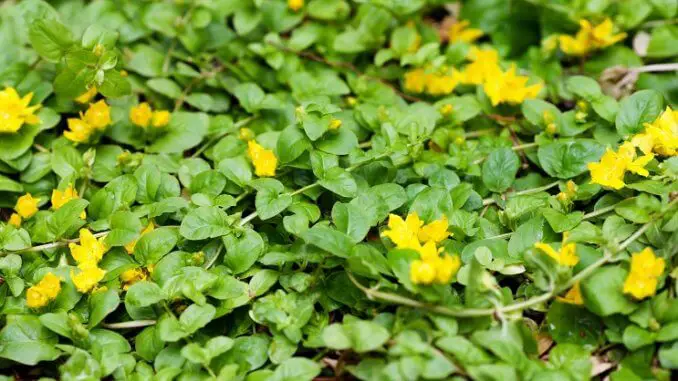
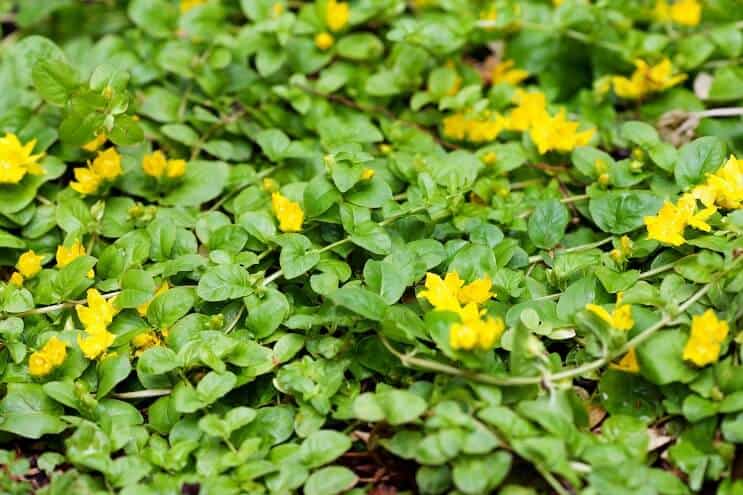
Aurea (Lysimachia nummularia) is a hardy, substrate-rooted aquatic and semiaquatic angiosperm plant, an herbaceous forb in the Primulaceae related to primrose. It requires medium light and can be grown submerged as well as in wet surface conditions.
Aurea is a popular cultivar of Lysimachia nummularia and is also known as golden creeping jenny, moneywort, twopenny grass, herb twopence, or creeping yellow loosestrife. In some locations, such as the great lakes in the US and in Canada, it is considered an invasive pest weed.
Lysimachia nummularia tends to be found in flooded areas (swamps, floodplain forests, wet meadows) and along riparian areas (stream banks, riverbanks, small bodies of water). The plant is native to temperate zones in Europe and Asia.
Leaves of Lysimachia nummularia are opposite and ovate or ruffled with entire margins, obtuse on each end like a coin, hence the references in common names to coinage. Stems at maturity are approximately 3cm in diameter.
Flowers are rare in aquarium cultivation. When golden creeping jenny does bloom, flowers are yellow with small spots that are dark red produced from the leaf axils on short pedicels. Blooms tend to be produced in natural conditions in May, June, July, or August, but may occur at any time if the light conditions of the tank are steady and the plant does not receive cues from sunlight indicating the season.
At maturity, the fruit is small and contains one to five seeds. Leaves are light green to golden in color (the reason for its common name: Aurea). Golden creeping Jenny is favored by many aquarists for the color contrast and visual textures it presents and makes for a fine addition to any planted tank.
See Related Reading: Cryptocoryne Parva
Benefits
If you want to develop a planted tank, Aurea is a great plant to place in the back as a type of backdrop canvas or in the center of the aquarium as a centerpiece around which other plants or decorations are arranged.
Golden creeping jenny acts as a good indicator plant for nitrate content and will put on new leaves and shoots when it is well fed. Lysimachia nummularia tends initially toward vertical growth to the water surface, then broadens gradually laterally.
Even after the water surface is reached, Aurea will continue to grow submerged and put on new leaves and branches. Besides the aesthetic value of the plant, it also has several useful functions typical of aquatic plants for planted aquariums.
Water filter
Lysimachia nummularia is an excellent water filter for excess nitrates and phosphates, which it will readily use to spur on growth. Using Aurea in your tank can help tremendously for stabilizing aquarium water chemistry and for maintaining proper water pH.
Cover
Golden creeping jenny is a great cover for fish and their fry, substantially reducing tank stress for your fish by providing more hiding places for species that need cover and personal space. Hiding spots for fry will reduce poaching by reproductively-competing adults and increase the fish population in your aquarium.
How to Care for Lysimachia Nummularia Aurea
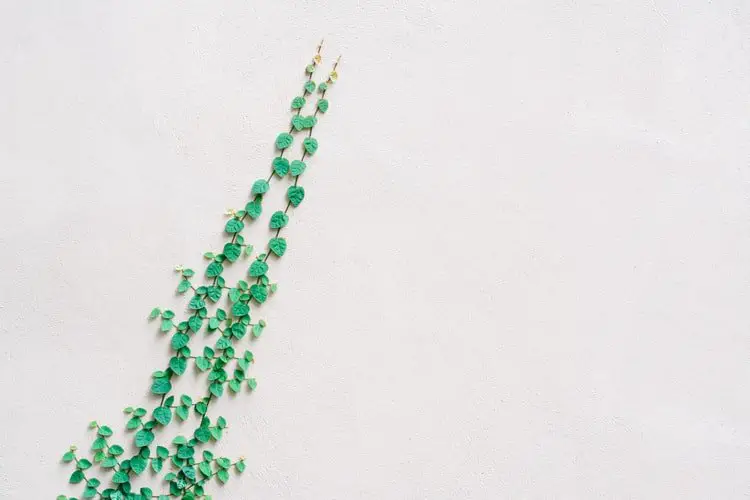
As stated above, Aurea is a hearty plant that grows moderately fast. Lysimachia nummularia tolerates soft or hard water, but prefers to grow in a narrow pH range of 6.1-7.8, and flourishes in cooler water temperatures (15-25°C).
Creeping golden jenny can grow well in aquaria without a carbon dioxide injection system, but grows vigorously under bright light, in a carbon dioxide-enriched environment, and prefers higher dissolved nitrate levels (>5 mg/l). Nitrate deficiencies will tend to stunt growth, which will be noticeable when you see a lack of new leaf development and reduced production of axillary roots.
The occasional addition of micronutrients and minerals is also recommended to ensure health and optimal growth. When growth becomes excessive, the plant can be topped without injury and replanted adjacently or in a new tank
Aurea also has a tendency to produce aerial roots for attachment and is a good indication of plant health. For substrate requirements, golden creeping jenny only needs gravel as a substrate. When transplanting new plants, remove the bottom two leaves from the trunk and place stem securely down in the gravel.
Lysimachia nummularia requires pruning periodically to prevent a takeover of the tank, as it has a robust growth pattern when conditions are optimal. Pruning should always be performed under the water surface if possible, using sharp scissors.
Pruning is also necessary for golden creeping jenny because it has a tendency to spread and crowd other plant species in the tank. A little good tank maintenance will allow you to host the plant in your aquarium and retain healthy conditions for the other plant inhabitants of the tank.
As an added bonus, golden creeping jenny will also thrive in moist soil conditions or in a decorative pond outside of the tank. In this application, one plant from your tank can provide decorative ground cover or bank cover in a pond.
Outdoor cultivation must be carefully monitored, however, because Lysimachia nummularia has a tendency to escape to other waterways. So if this is considered an invasive species in your area, consult with a gardener familiar with cultivating aquatic plants before you attempt to plant it outside.
A few carefully placed barriers will help in containing the plant and provide for you a pleasing addition to your garden area.
When buying new plants, consult with your local nursery for advice on establishing the plants. Nursery plants are often grown in water with diluted insecticide (such as Buprafenzin) to prevent insect damage and must be cleaned in a tub with baking soda to neutralize the chemicals prior to introduction to the aquarium.
Failing to perform this step can result in poisoning your fish and invertebrates, so be sure to take the proper precautions.

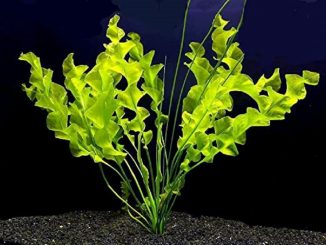
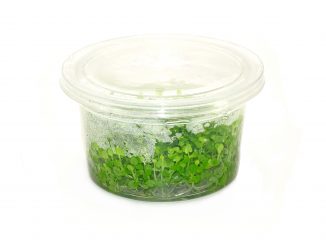
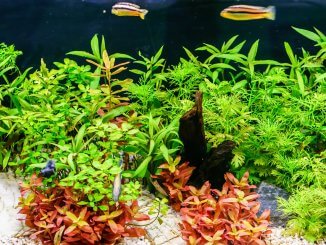
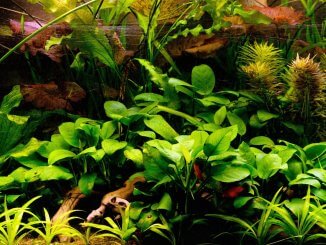
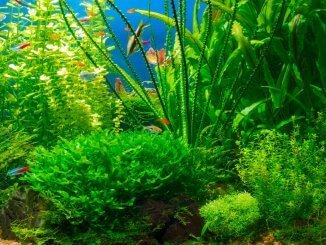
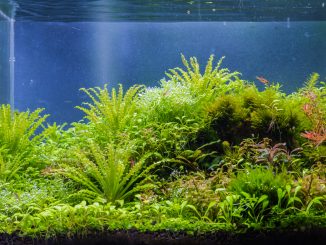
Be the first to comment